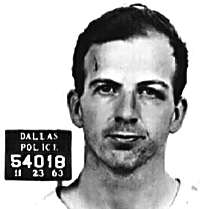
New evidence and analysis suggest that Nikita Khrushchev and the KGB were behind the 1963 assassination of President John F. Kennedy, and a Mafia sniper participated in the shooting.
Official investigations have discounted the likelihood of a Soviet hand in the assassination, and few outside investigators have pursued this line of inquiry. But some observers have always considered the Soviets a likely suspect (Lyndon Johnson and other US Government officials evidently did, causing them to suppress any hint of a KGB conspiracy for fear that an outraged public would demand retaliation that would lead to war). The Soviets had a palpable, powerful motive: to gain revenge for the humiliation of Khrushchev and the USSR in the 1962 Cuban missile crisis.
Certainly, the idiosyncratic odyssey of Lee Harvey Oswald into the Soviet Union and a Russian marriage as well as his contacts with Soviet diplomatic offices preceding the assassination afforded the KGB many opportunities to interact with him. In a sense, therefore, the KGB is the elephant in the living room of suspects in this case. Yet repeated investigations have failed to turn up specific evidence that would implicate the KGB.
Tags: conspiracy theories, Cord Meyer, Cuban Missile Crisis, Dorothy Kilgallen, Gheorghe-Dej, Ion Mihai Pacepa, Jack Ruby, John F. Kennedy, KGB, Lee Harvey Oswald, Mary Meyer, Nikita Khrushchev

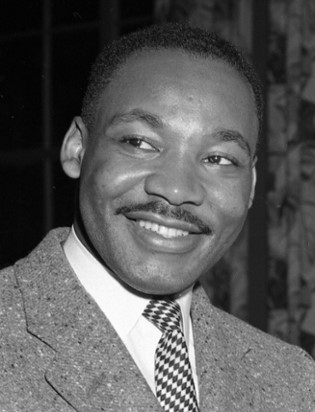
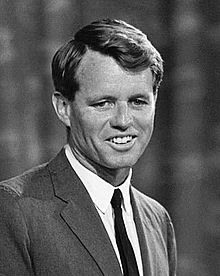 There are good reasons to think that the KGB arranged the murders of John F. Kennedy, Martin Luther King, and Robert F. Kennedy, as well as of other Americans. Note: “good reasons”, not definitive proof. In each case, I will argue that We must consider the KGB the leading suspect (except that the KGB and the Mafia collaborated on the JFK assassination). This perception can guide further investigation that can result in the more definitive finding that the KGB arranged these and related murders.
There are good reasons to think that the KGB arranged the murders of John F. Kennedy, Martin Luther King, and Robert F. Kennedy, as well as of other Americans. Note: “good reasons”, not definitive proof. In each case, I will argue that We must consider the KGB the leading suspect (except that the KGB and the Mafia collaborated on the JFK assassination). This perception can guide further investigation that can result in the more definitive finding that the KGB arranged these and related murders.
First, I will explain how the KGB and Mafia have emerged as the prime suspects in the JFK assassination. Not only was this the most important and best-known case. New evidence and interpretation point to the KGB’s role in particular and have implications for the other murders. Second, I will treat each of ten likely KGB murders in summary fashion. Third, I will touch on factors that have hampered resolution of these cases for many decades. Fourth, comparing the cases, I will identify characteristics of the KGB’s art of deniable murder. Fifth, I will draw some conclusions.
*****
1. The KGB and JFK
Tags: Arthur Paisley, assassinations, CIA, conspiracy theories, Cord Meyer, Dorothy Kilgallen, FBI, Florence Pritchett Smith, George de Mohrenschildt, Ion Mihai Pacepa, Jack Ruby, John F. Kennedy, Kennedy assassination, KGB, Lee Harvey Oswald, Marilyn Monroe, Martin Luther King, Mary Meyer, MKULTRA, Nikita Khrushchev, Robert F. Kennedy, Sirhan Sirhan, William Colby, William J. Bryan MD
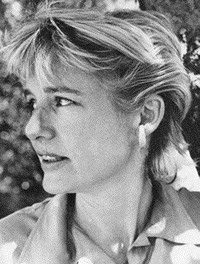
On October 12, 1964, Mary Pinchot Meyer was murdered on the canal towpath in Georgetown. A divorced artist from a prominent family, Meyer was known by insiders to have been President John F. Kennedy’s senior female consort during his White House years, though the story never leaked to the public.
Her murder and the ensuing trial of Raymond Crump, Jr., an African-American laborer found by the police in the vicinity of the murder, drew a good deal of attention at the time. Crump had been identified by a gas station attendant helping start a car on a road overlooking the canal. Hearing cries of “Somebody help me. Somebody help me” and two shots, the attendant ran to look.
Tags: American history, assassination, conspiracy theories, John F. Kennedy, KGB, Mary Meyer
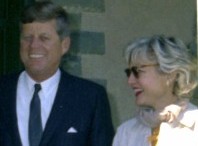 Sometimes a storyteller misses the real meaning of the story.
Sometimes a storyteller misses the real meaning of the story.
By all accounts, the Cuban Missile Crisis was the most dangerous episode of the Cold War. The United States and the Soviet Union came frighteningly close to launching nuclear attacks at each other. Only fear, luck, and occasionally inspired negotiating moved them onto the path of resolving the crisis−via a humiliating Soviet withdrawal in the face of U.S. nuclear superiority.
Historians have identified many motives for the initial Soviet decision to place missiles in Cuba.
Tags: Allen Ginsberg, CIA, Cord Meyer, Cuban Missile Crisis, Fidel Castro, John F. Kennedy, KGB, LSD, Mary Meyer, Mary Pinchot Meyer, Nikita Khrushchev, Timothy Leary




 There are good reasons to think that the KGB arranged the murders of John F. Kennedy, Martin Luther King, and Robert F. Kennedy, as well as of other Americans. Note: “good reasons”, not definitive proof. In each case, I will argue that We must consider the KGB the leading suspect (except that the KGB and the Mafia collaborated on the JFK assassination). This perception can guide further investigation that can result in the more definitive finding that the KGB arranged these and related murders.
There are good reasons to think that the KGB arranged the murders of John F. Kennedy, Martin Luther King, and Robert F. Kennedy, as well as of other Americans. Note: “good reasons”, not definitive proof. In each case, I will argue that We must consider the KGB the leading suspect (except that the KGB and the Mafia collaborated on the JFK assassination). This perception can guide further investigation that can result in the more definitive finding that the KGB arranged these and related murders.
